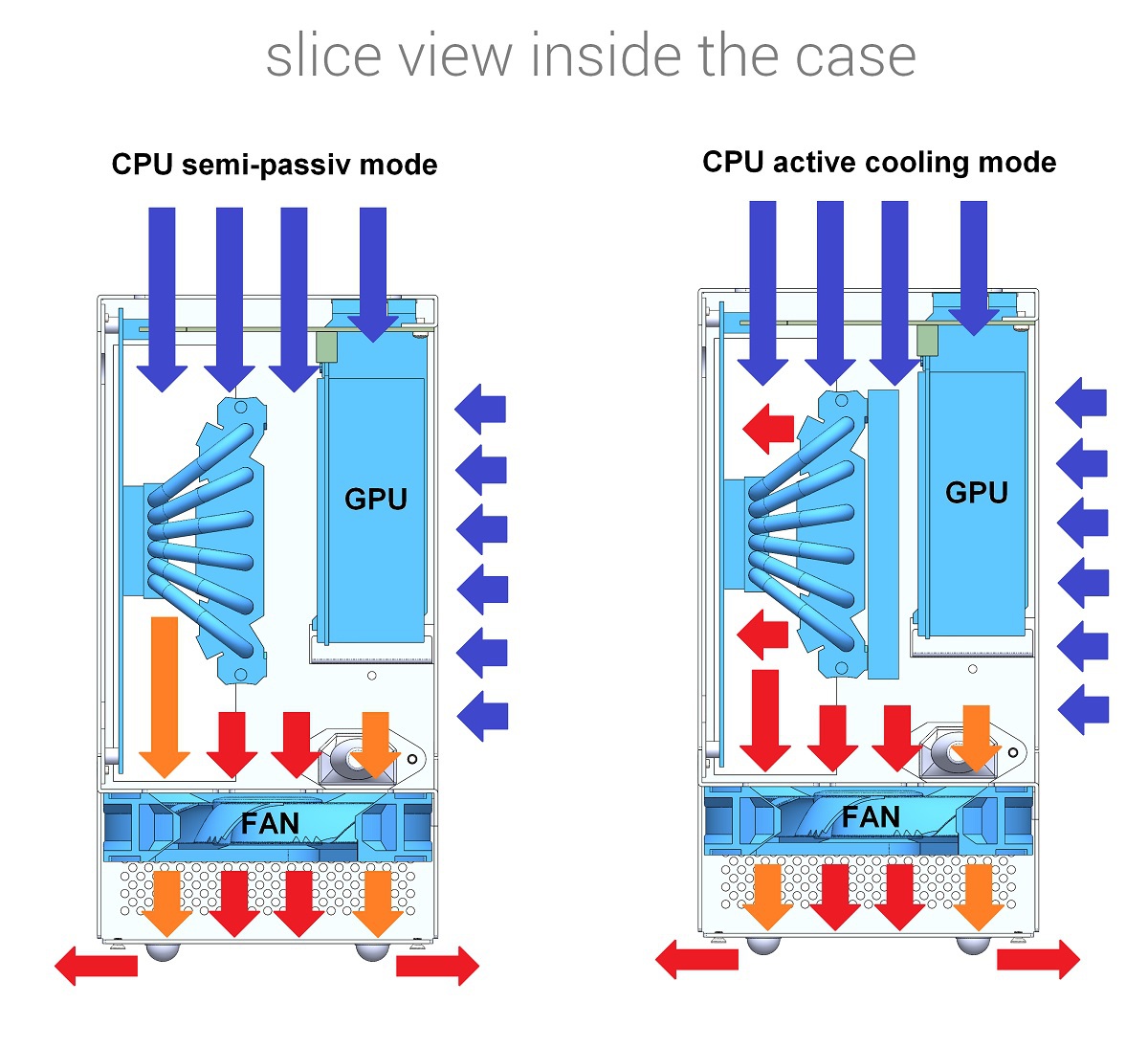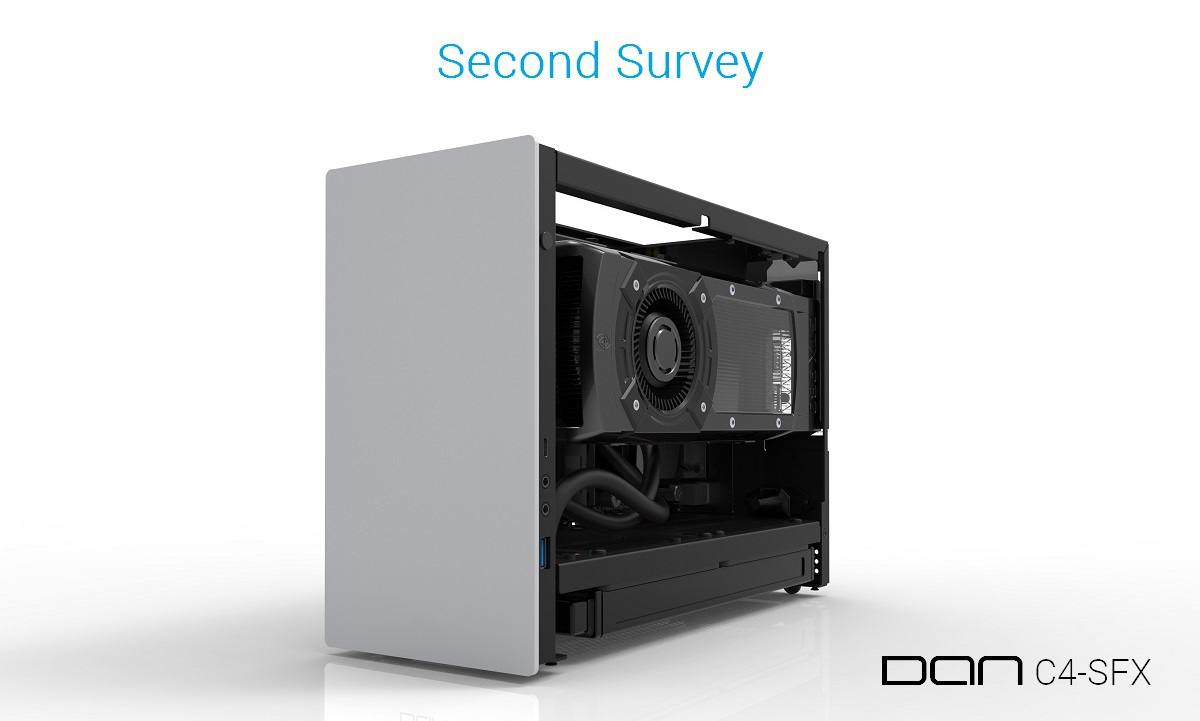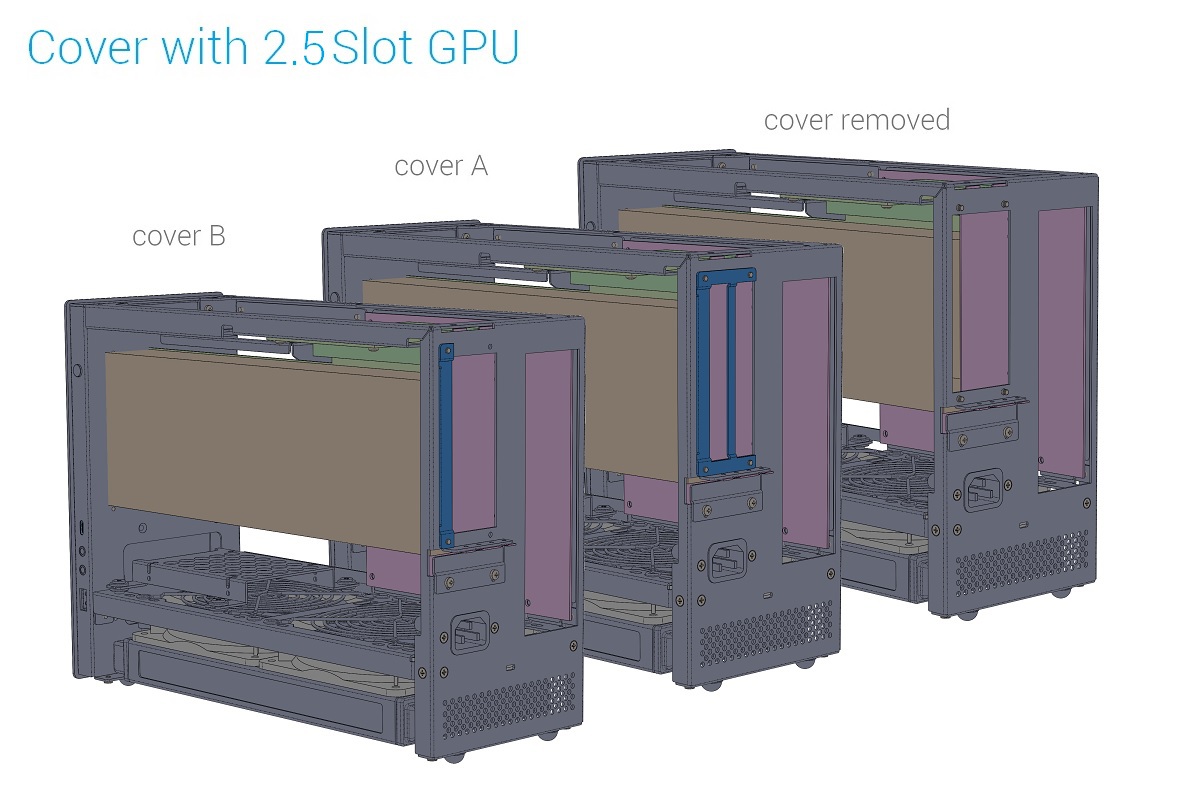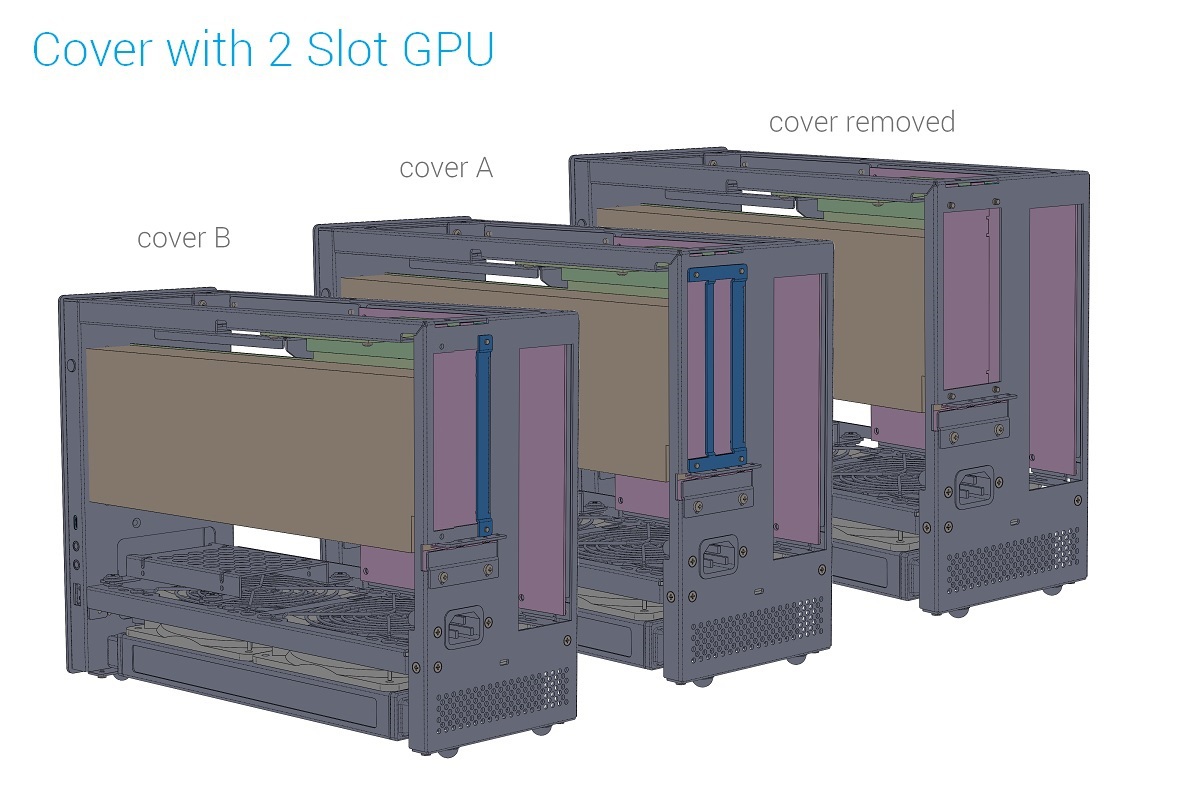phazeshifta
n00b
- Joined
- Aug 15, 2017
- Messages
- 6
I've had mine for about 6 weeks now.
Follow along with the video below to see how to install our site as a web app on your home screen.
Note: This feature may not be available in some browsers.
You can buy these fan already, they are called "Noctua NF-A12x15 PWM", in Germany almost 20 EUR per fan, but it's worth, best 120mm slim fan you can get IMHO.
No- the fans that Woxys was referring to are 25mm fans made out of some new kind of plastic that is supposed to be much stronger. In turn, they can bring the tips of the fan blades much closer to the housing. That adds a little to the airflow, but supposedly also prevents air from flowing back around the fans. They debuted them at Computex, but I haven't heard anything since then.
dondan pleasethe evga 1080ti ft3 will fit in the c4 sfx?



QuantumBraced: We are talking about saving 50-70€ this will be $60-$84
QuantumBraced:
Do you love the dual chamber design because you have a free view on both sides? In the end the case is closed and you see no parts. If I made a window you could have a view on the most beautiful part of the hardware, the GPU.

the air cooling principle
The CFD module for my Solidworks licence is very very expansive. So the only way to test is will be on a real prototype
It fits but it is a really tight squeeze.dondan please
Dam that looks amazingIt fits but it is a really tight squeeze.
https://imgur.com/yf9sIFF 1080ti FTW3 inside a Dan Case A4 for your viewing pleasure.
I think we should just let Dondan tell is what works once he has a prototype.

And here's mine. Fits like a glove. https://imgur.com/LoX7SMDDam that looks amazing



